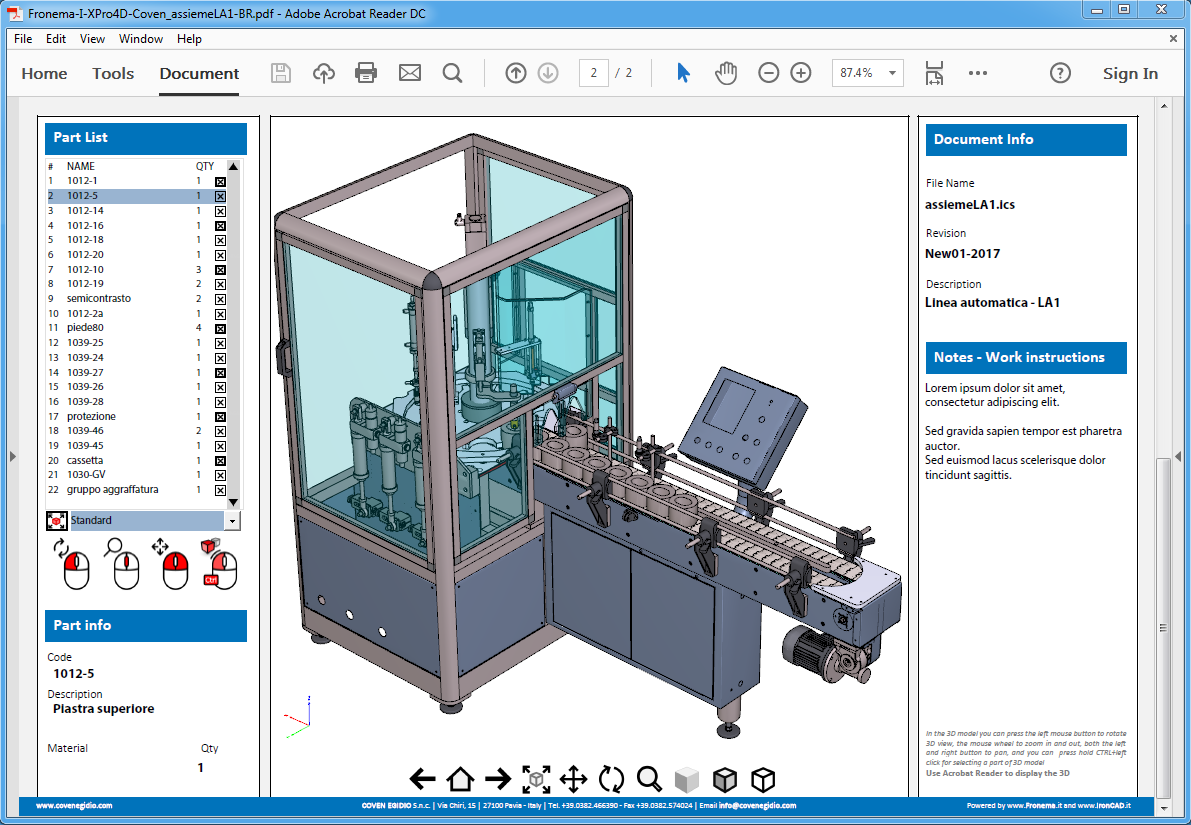

Iron Cad: Please develop construction tools for the UP1 update of 2019. (4 Years)īut the good thing: it looks to me like the surface and curve tools became more stable and constant. Whats New? : A lot of cosmetics, a lot of assembly, a lot for the LEGO/ Brick fraction, but very small new tools. we just need construction tools….the rest is perfect.Īfter waiting years for a better Perspective Camera (for interior Design) I left Iron Cad under protest (2014) cause of the missing development and came back now (2019) to update the Kernels. No more cosmetics, no more structured parts …. Yes, Iron Cad please stop developing Caxa (if you want AutoCad, buy AutoCad!) Still today Triball, Handle driven behavior, Shape based history, intuitive working and much more, is fantastic and I still LOVE to work with IC.īut the development is very slow and the other CAD developed much faster.Įxample: Rhino, gets with the Plugin “Grasshopper” light years away …. Iron Cad was “breath taking” advanced and fast. Hopefully, this provides you some of the information you were looking for.Ībout 20 years ago, when I bought Trispectives (as named before “IC”) To me, focusing on improving CAXA draft is just foolish. I feel that the IronCAD programming staff should study the 2D modules of the currently popular 3D CAD programs (like SolidWorks) and incorporate their best capabilities into ICD. ICD is much closer to being the tool we currently need, than CAXA draft will ever be. We just don't have the time to spend doing "non-value added" overhead work. Today,we are expected to make our own drawings, type our own documents, set-up our own filing systems, program CNC's, etc. When AutoCAD ruled, we engineers use to do mainly engineering work. Most companies have cut way back on support staff. Unfortunately, I don't see many draftsmen any more.
Ironcad 2018 how to#
Part of the traditional CAD Draftsman's job was to set up all the drawing formatting and he was given time to learn how to do it. It has a lot of appeal to people who "grew up" using AutoCAD (to make formal drawings). It is based upon technology created in an era when engineering departments had support staff. I see CAXA draft as a "draftsman's tool". As far as I can tell, most of the "nuisance activities" still exist in CAXA draft. That type of work was all "non-value added activities" to the work I had to do. It was okay for creating geometry, but it was a real "pain in the." to work with UCS's, putting drawing borders around geometry, figuring out dimension scales, scaling views, etc. I used AutoCAD for years (starting in version 10, or maybe 9). I have started to do formatting set-up in CAXA draft several times, but quickly determined that it would take too much time (for me to get to the point where I could do useful work). My original ICD formatting set-up work did not take much time. It has a lot more "overhead" involved (than ICD). It doesn't allow me to do color cross sections. I have never run across a case where I couldn't pick a dimension point on a SolidWorks 2D drawing! When I must make a formal drawing, I model in IronCAD, import a STEP 214 copy into Solidworks, and make a SolidWorks drawing from the STEP 214 model. SolidWorks is my "fallback" for making more formal drawings. I know it can be done, because SolidWorks does it! If the program knows enough to project the geometry onto the 2D screen, why can't it overlay key points on that geometry. Many times, I'll want to dimension to a "point" that just isn't there. My difficulty with ICD, is that I can see geometry on my screen, but it doesn't always put connection points on the geometry. They are very useful for communicating (with the types of 2D documents I tend to create). I love that it lets me get colored cross sections of assemblies. I would like to always work in the original IronCAD Drawing program (ICD). I sometimes resort to making formal drawings, myself, but most of the time I do not. Most of the times, my "drawings" are used to provide input to fabricators. Sometimes these are used by CAD operators (to make formal drawings). Most of my 2D information is to convey dimensions and/or design features to others. I am a degreed (registered) design engineer. I would classify them as sketches more than drawings. Recently, I have been doing a lot of testing fixture and "one off" test set-up designs. pretty much the entire gammet of mechanical part design. I have done molded plastic part design, machined part design, sheet metal design, cast metal design, etc. Most of my products have not been "bigger than a breadbox". It is a much better "fit" to the way I think during the design process.įor the most part, I have always been a component designer. I have access to SolidWorks, but prefer to design in IronCAD.

I have no complaints about modeling in IronCAD.


 0 kommentar(er)
0 kommentar(er)
